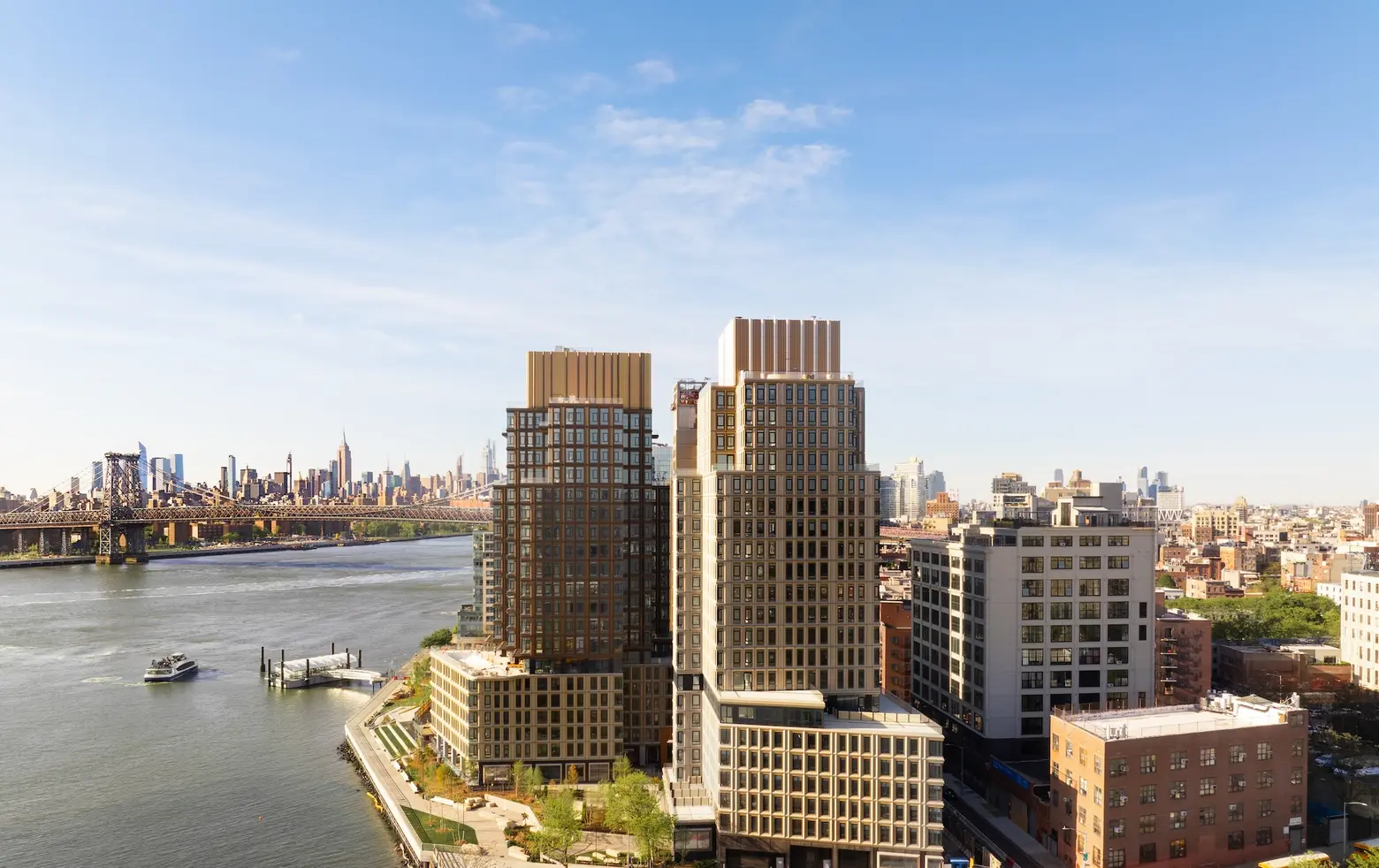
Two and Three Williamsburg Wharf. Photo courtesy of Naftali Group
It’s been eight years since the city’s first commuter ferry set sail, and in that time, it’s completely transformed the way New Yorkers think about real estate. “The NYC Ferry has absolutely shifted the real estate landscape, especially in pockets of the city that weren’t always considered commuter-friendly,” says Michelle Griffith, luxury real estate broker at Douglas Elliman.
“Eight years ago, some of the waterfront neighborhoods like Red Hook or certain areas of the Rockaways felt much more remote. But once the ferry became a reliable commuting option, we started seeing renewed interest from buyers and renters who wanted that lifestyle balance: scenic, slightly quieter neighborhoods with direct access to Manhattan.”
Where does the NYC Ferry run?
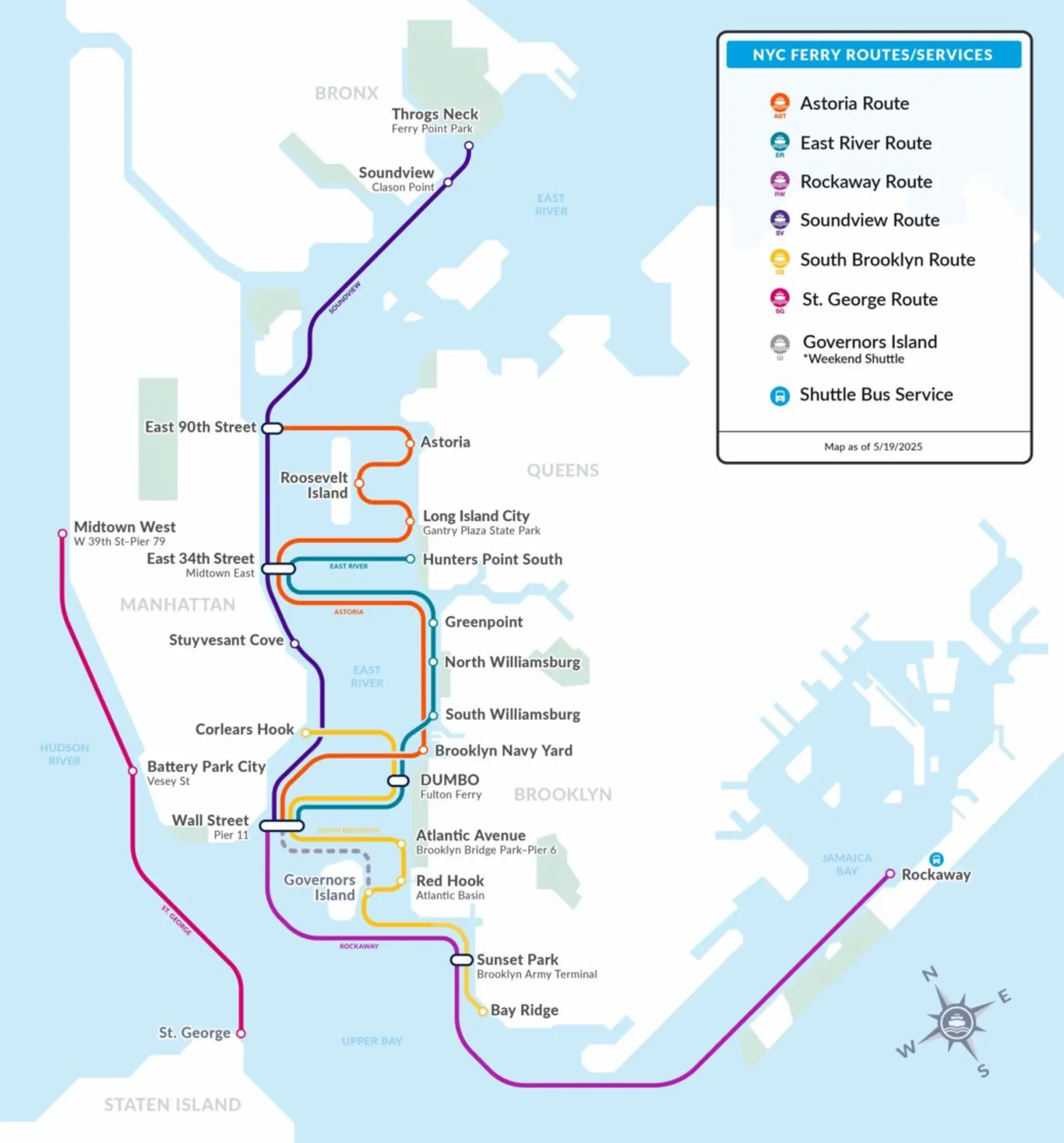
When the ferry first launched in 2017, there were 21 stops connecting Far Rockaway to Lower Manhattan’s Pier 11, South Brooklyn to Wall Street, Queens to Midtown, and more. Today, the NYC Ferry boasts 25 stops in all five boroughs and stretches from the Bronx to Staten Island.
Just last week, the New York City Economic Development Corporation (NYCEDC), which oversees the ferry, announced proposed route changes that they say will speed up commute times, open more seats, and “reduce subsidy per rider.”
According to the EDC, these changes are:
- Break the East River into two routes, allowing ridership to grow and making trips faster.
- Combine the Soundview and Rockaway routes, getting Rockaway route riders to Midtown and East 90th Street, and filling previously empty boats headed toward The Bronx.
- Connect the St. George (Staten Island) route to Brooklyn and the rest of the system.
- Provide a one-seat ride to Midtown for the South Brooklyn route, opening a popular job center to Red Hook and Atlantic Ave residents, and increasing frequency.
The Staten Island-Brooklyn connection may be the most noteworthy of the proposed changes. As the Brooklyn Paper explains, it’s been decades since the two boroughs were connected by a ferry.
Currently, the NYCEDC is soliciting feedback about the proposed route changes. The agency plans to make a final announcement in the fall, and the new service is expected to be implemented by winter.
But even without expanded service, the NYC Ferry has completely reshaped the way New Yorkers live, opening up outer-borough neighborhoods to developers and commuters alike.
Which neighborhoods have benefited the most from ferry service?
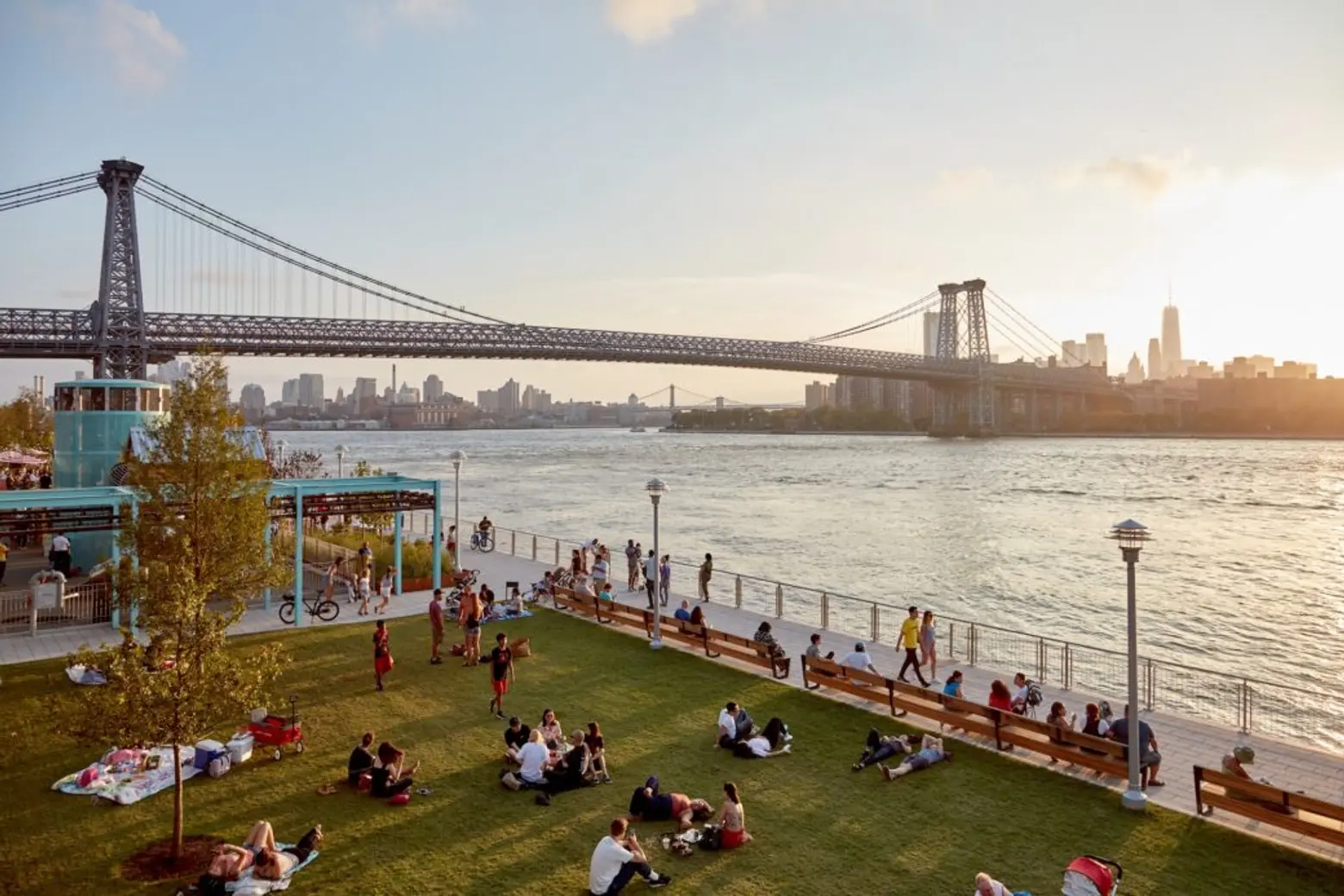
It’s hard to quantify which neighborhoods have benefited most from their location along a NYC Ferry route, but real estate experts say they’ve seen growth in some areas more than others.
South Williamsburg
The L train will only get you so far in this trendy Brooklyn neighborhood, and let’s face it, those crowded rush-hour commutes aren’t always the most pleasant.
“Growing up in Williamsburg, I’ve witnessed firsthand the dramatic transformation of the waterfront over the past two decades,” shares David J. Maundrell III, executive vice president of new development at Corcoran. “Back in the 1980s, there was virtually no public access—just abandoned industrial buildings, garbage transfer stations, and a few remnants of active industry.”
“That began to change with the 2005 rezoning of Williamsburg,” he continues. “Since then, the NYC Ferry has played a major role in reactivating the East River—not for industrial use, but as a public asset, much like what cities such as Seattle, San Francisco, Vancouver, and several in Asia have done.”
This is especially true for South Williamsburg, where Domino Park opened in 2018, shortly after the donut-shaped rental tower 325 Kent launched leasing. The following year, rental units also became available at One South First.
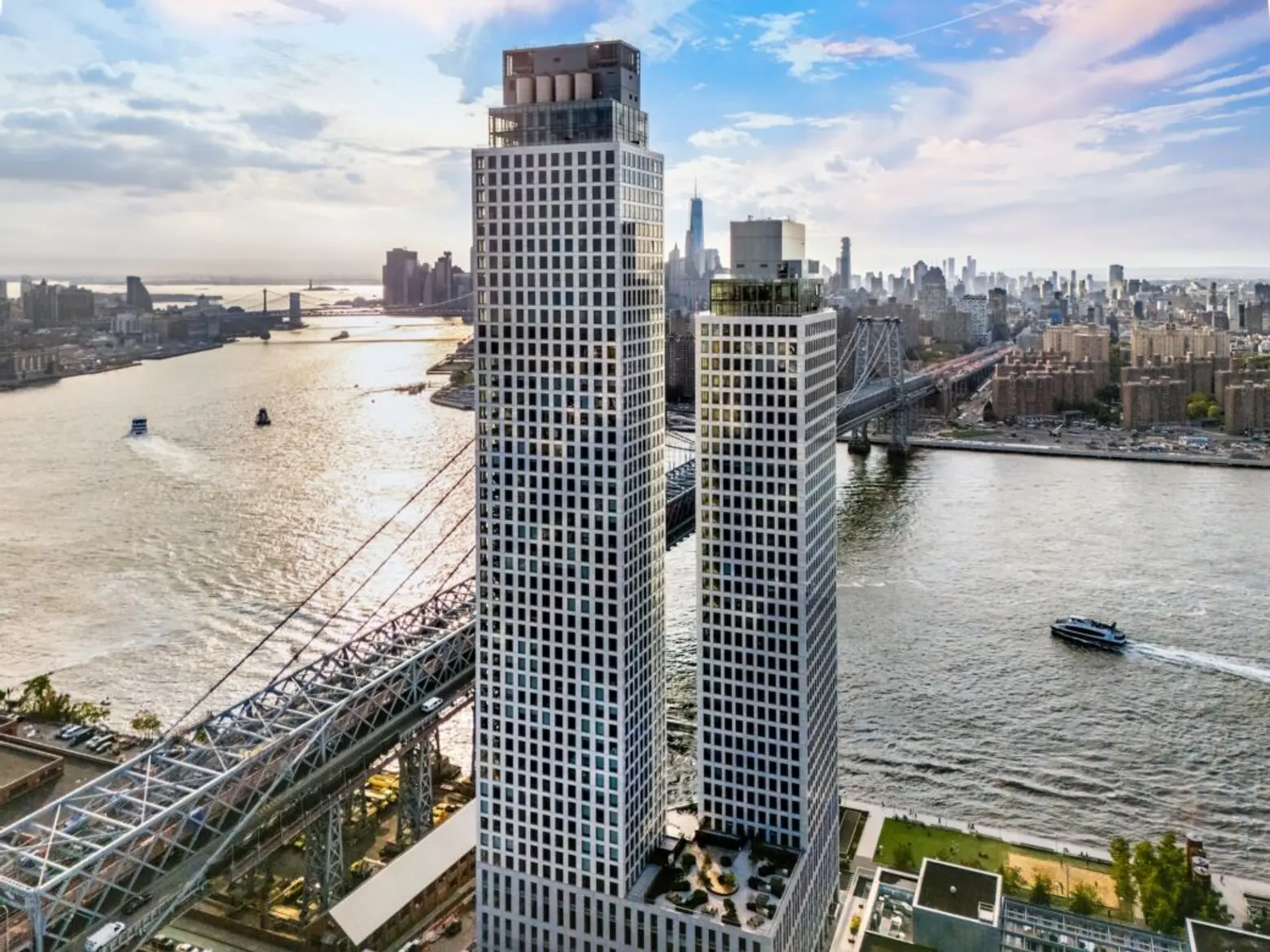
Designed by Annabelle Selldorf, One Domino Square is the neighborhood’s new tallest building. The project includes a 39-story tower with 160 condos and a 55-story rental with 400 units.
Also in South Williamsburg is the Naftali Group’s Williamsburg Wharf development, which “contains five 22-story residential buildings and 20,000 square feet of amenities along the East River,” as 6sqft previously reported.
Currently completed are rental towers at Two Williamsburg Wharf and Three Williamsburg Wharf, and the condominium One Williamsburg Wharf.
Maundrell, who leads leasing and marketing for Williamsburg Wharf, tells 6sqft that many residents here chose the location specifically for its proximity to the ferry.
“Many tell us their daily commute feels like an upgrade: more scenic, less crowded, and far more reliable than the subway,” he says. “It’s a calmer, more peaceful way to start the day.”
Greenpoint
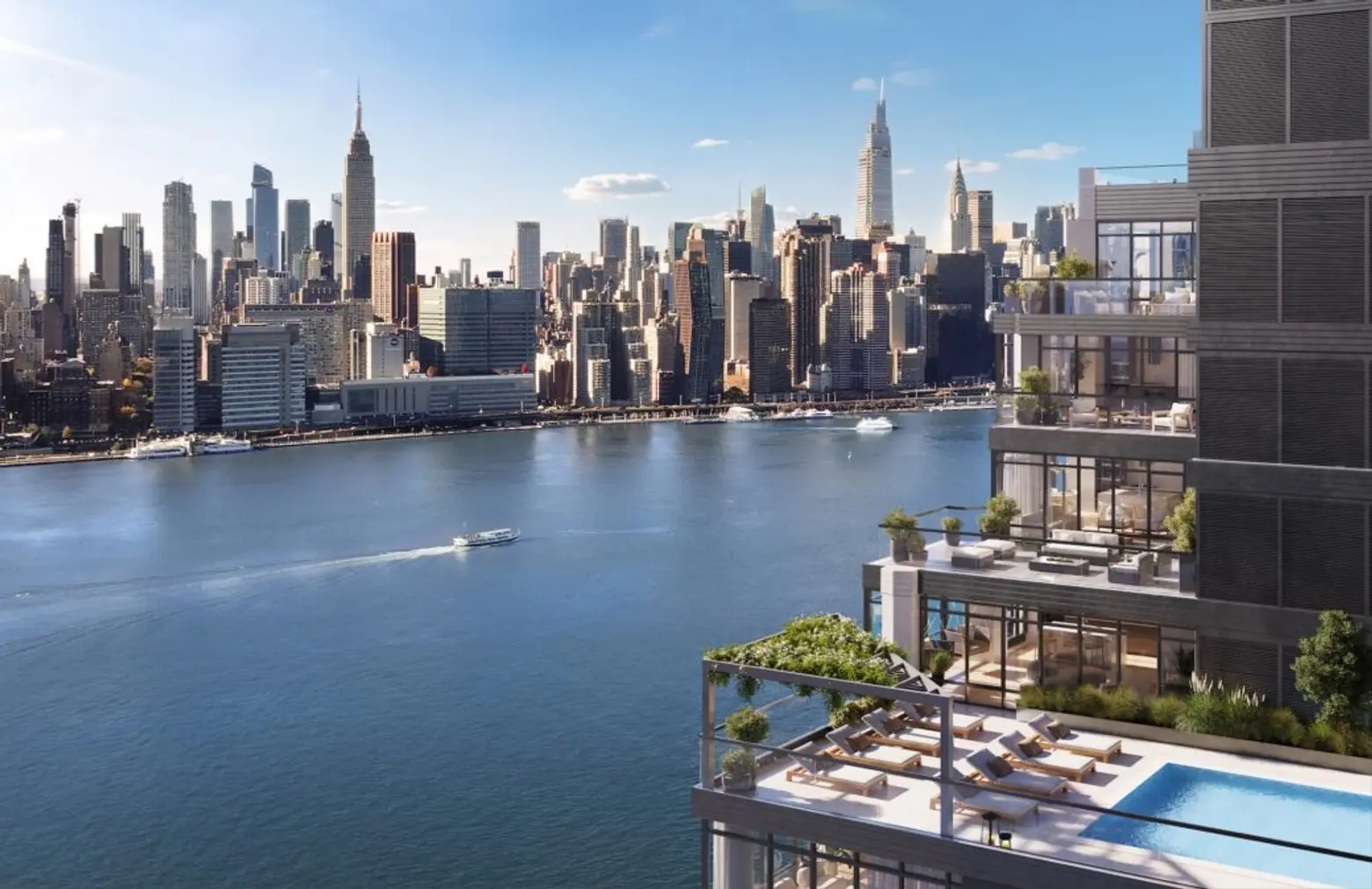
Like Williamsburg, Greenpoint was a budding neighborhood in its own right long before the ferry came along. However, its waterfront was extremely isolated from any major subway stops.
Griffith says the 22-acre Greenpoint Landing development is one of the best examples of a developer leaning into their project’s proximity to the ferry: “They really emphasized the convenience and lifestyle factor of having the ferry nearby.”
Rentals within Greenpoint Landing include 35 Commercial Street, 1 Blue Slip, 2 Blue Slip, Eagle & West, 1 Bell Slip, and The Dupont.
Danielle Nazinitsky, founder of Decode Real Estate, agrees that bringing thousands of brand-new rental units to the Greenpoint waterfront was a game-changer.
“The views and amenities are tough to beat. I’ve worked with buyers there who can’t bring themselves to leave the amazing views even though the subway is further away,” she says.
“Brand-new buildings plus waterfront views beat better subway access for a lot of people.”
Astoria
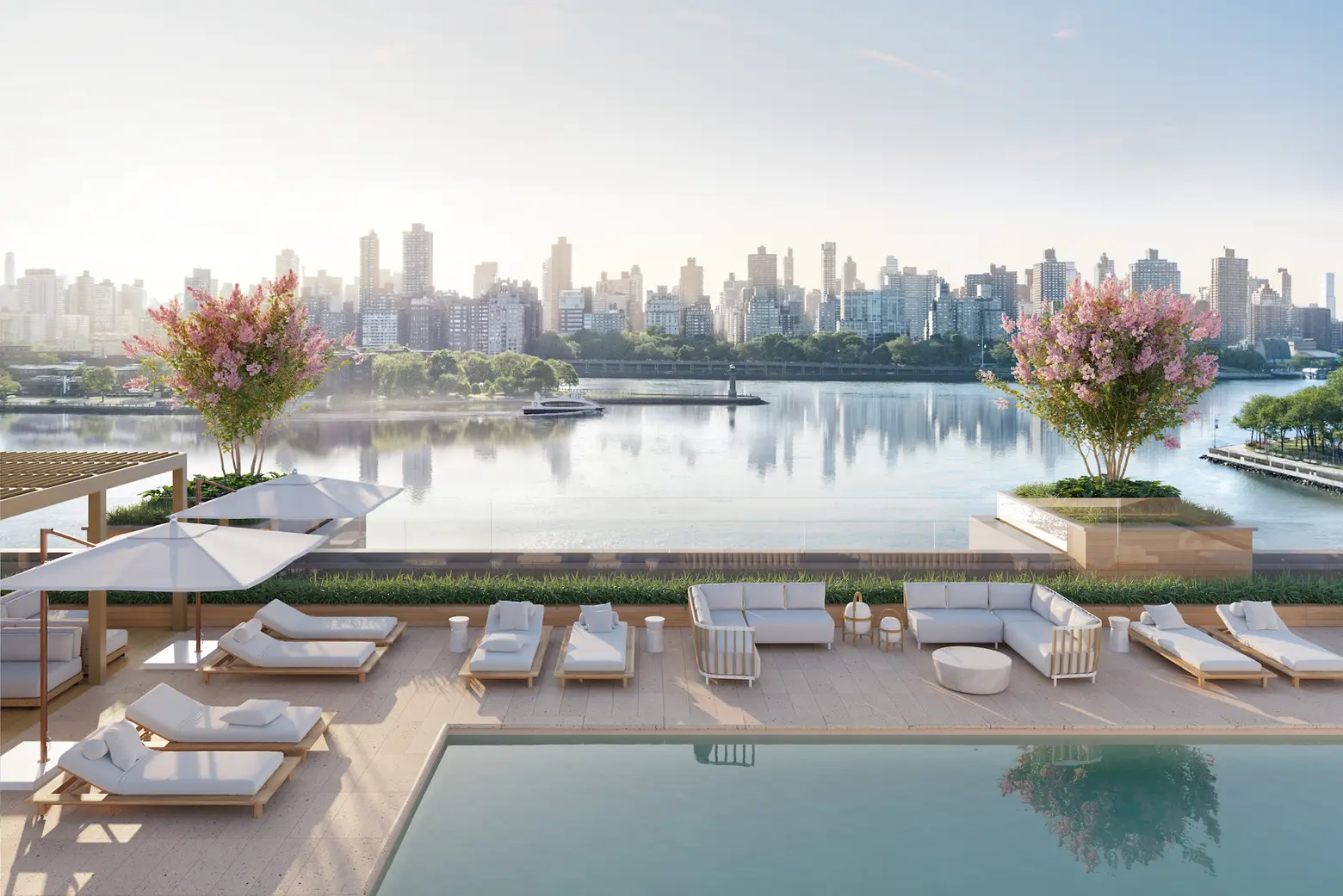
Astoria has long been a gem for New Yorkers looking to be somewhat close to Manhattan at a more affordable price point. However, after the NYC ferry came to town, it also became a hotbed for sleek new developments along the waterfront.
Corcoran agent Dennis Laronga handles leasing at Astoria West, a rental development spanning 30-77 Vernon Boulevard and 30 Vernon Boulevard.
“Our building’s proximity to the ferry (one block walk) has brought a number of residents from the Manhattan and Brooklyn market to Astoria for better affordability, new amenities, and more space,” he shares.
“We have had a lot of hospital employees (Mount Sinai, Lenox Hill, Cornell Weill, Tisch on East 34th) choose our property because it is a five-minute ferry ride from the Astoria station to East 90th street,” he adds, noting that congestion pricing and safety concerns about the subway also play a role.
The Rockaways
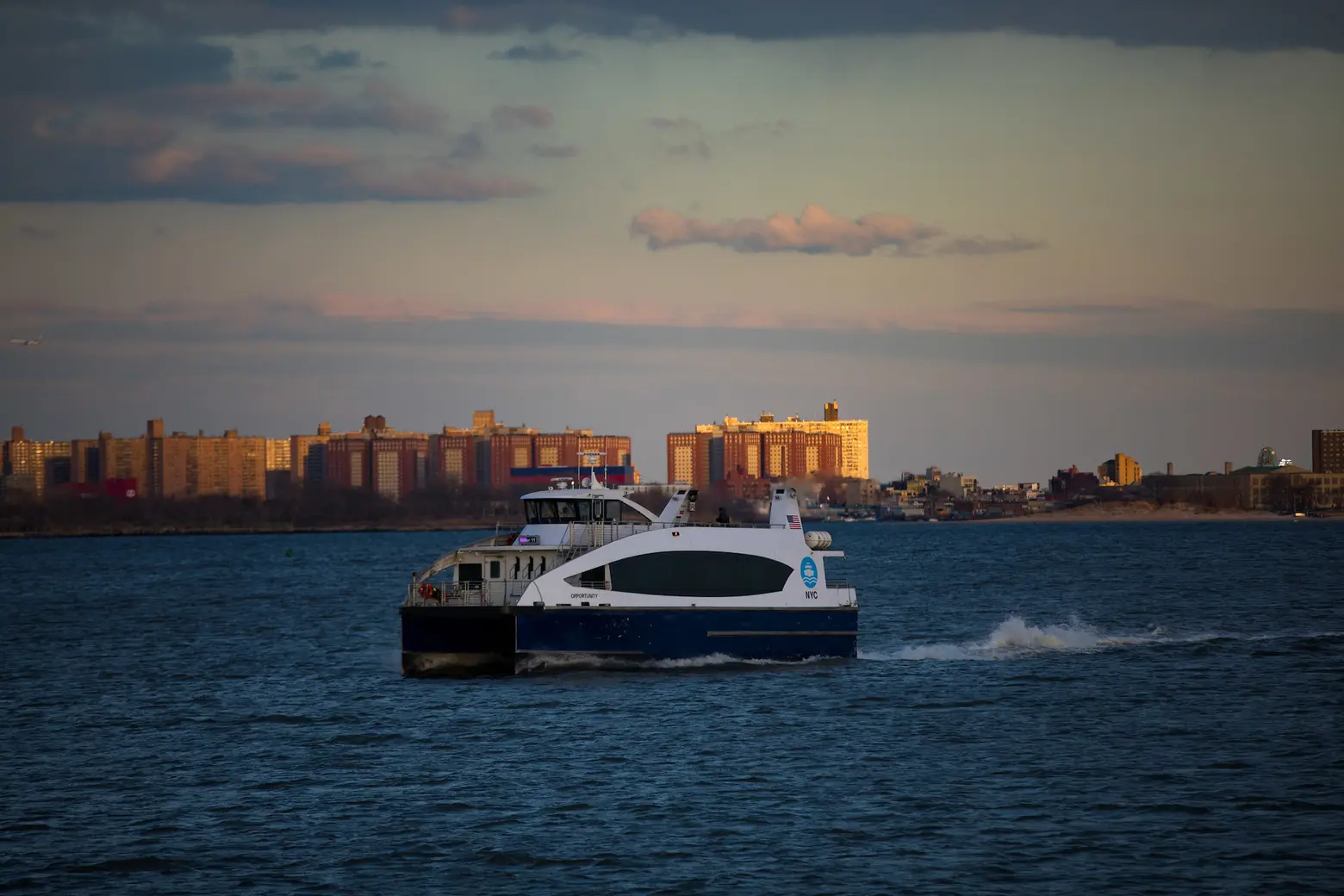
It takes close to an hour-and-a-half to get from Midtown Manhattan to the Rockaways on the subway—and that’s if things are running smoothly.
“I’ve been living in Rockaway Beach this summer, and the impact of the ferry on both lifestyle and real estate is undeniable,” Corcoran agent James Armstrong tells 6sqft. “Practically every friend who visits me at the beach chooses the ferry over the subway. It’s scenic, peaceful, and honestly feels like a mini vacation.”
“It’s not just Manhattanites either,” he says. “The commute from Brooklyn is surprisingly quick and direct (around 30 minutes), which has made Rockaway Beach feel much more accessible than most people realize.”
Outside of seasonal beachgoers, Armstrong says his clients are increasingly looking at new developments in the Rockaways.
“In talking with local agents, there’s a clear pattern: Values have risen sharply in recent years,” he shares.
“A couple years ago, townhouse units here with owner’s duplexes over garden rentals were selling in the $400Ks. The last one just closed at $1.2 million. The ferry has played a big role in that growth.”
New development rentals include The Tides, right at the Surfer’s Beach, and the massive 11-building Arverne View complex, while One Sixteen is a new condo building.
What’s next for the NYC ferry and the real estate market?
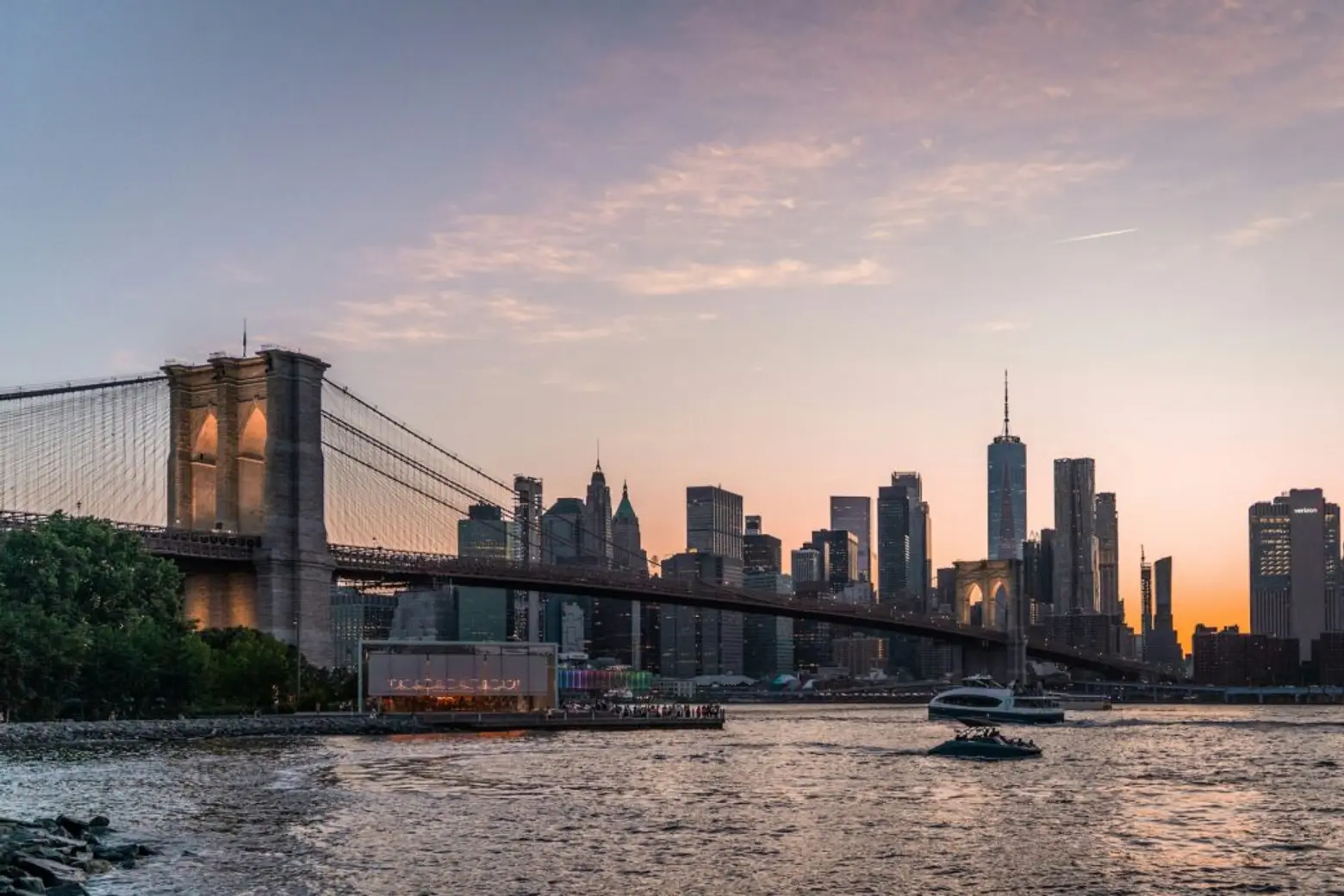
All the experts we spoke with agreed on one thing: The only downside to the ferry is that it runs on a set schedule. So, if you’re a commuter who needs more flexible options, this could be an issue. (It’s also worth noting that the ferry is more expensive than the subway; a single ride now costs $4.50 compared to a $2.90 subway trip).
Those caveats aside, the general feeling is that the ferry will only continue to grow in popularity.
“I think we’ll continue to see upward movement in prices in areas with ferry access, especially as the city looks to expand and improve the service,” says Griffith. “It’s like anything else in New York: Once a neighborhood becomes more accessible, it attracts new attention.”
“For savvy buyers, looking along the ferry lines can still be a strategic move, especially in areas that are still evolving,” she adds. “Long-term, I believe ferry proximity will carry real weight in pricing and demand.”
RELATED:



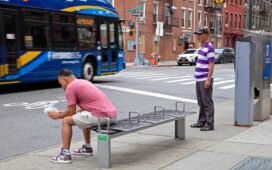


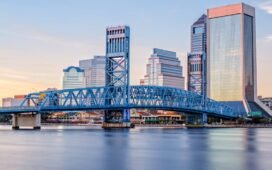

Recent Comments